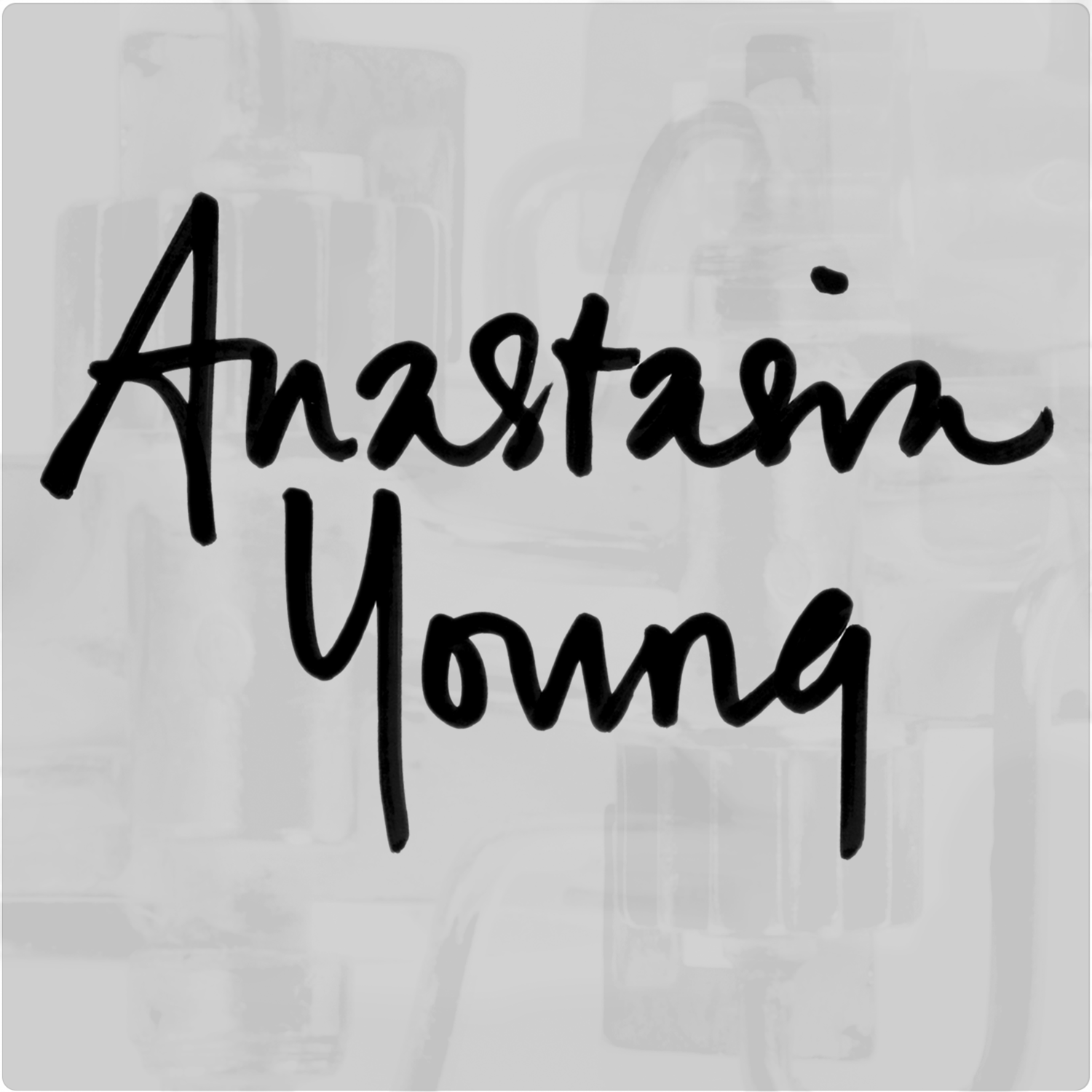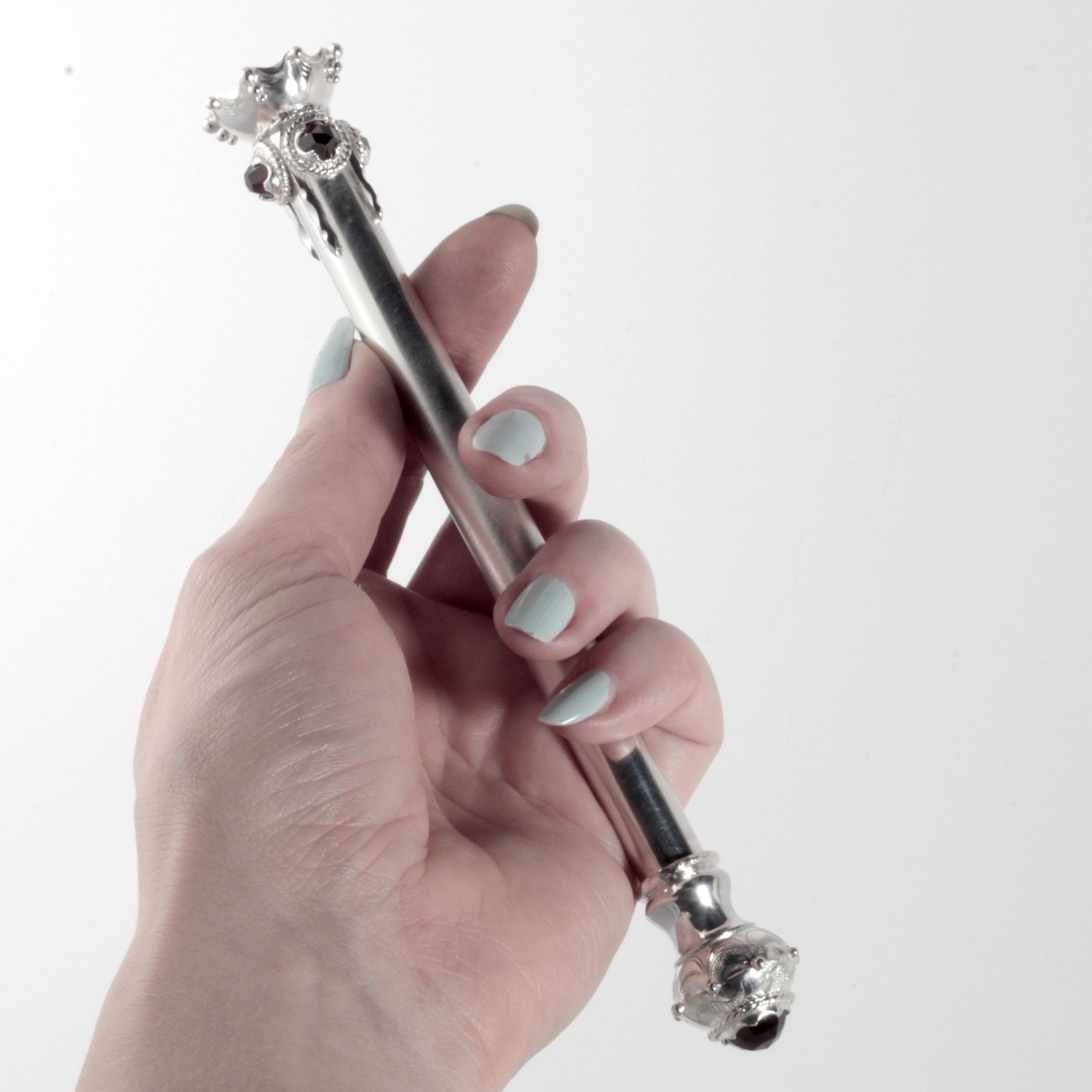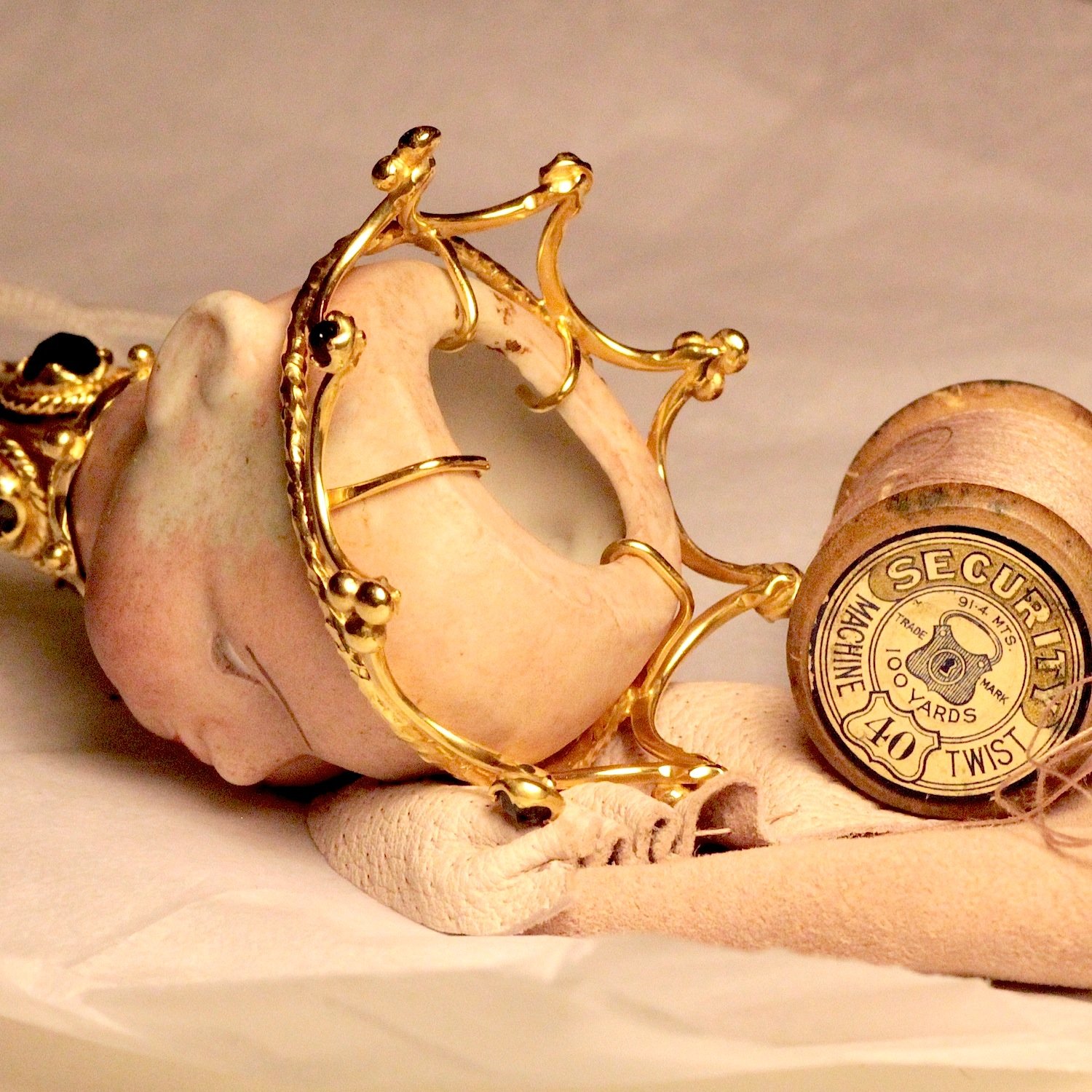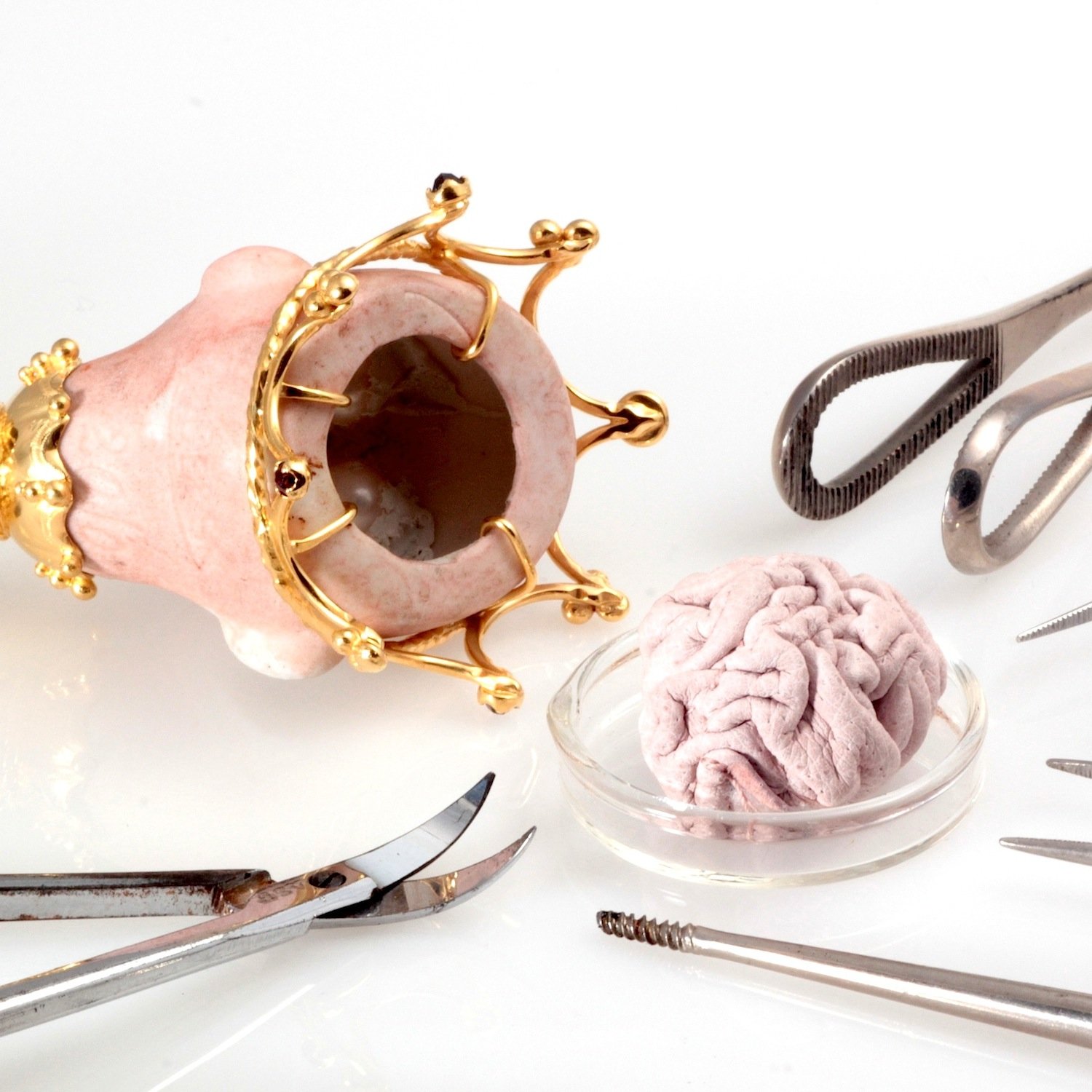This Sceptr’d Doll - Part One
I should start by saying that this was a piece which evolved almost of its own accord. If it were a novel, I would say it had written itself; it is an object which asserted its autonomy even before it was completed.
I needed to make a small sceptre for one of the photographs for ‘The Lily Holds Firm’ project, and I began to make a faithful replica of the one depicted in the original image used as the source for ‘Number Three: The Scales of Humility’, after having done a little research - this was to be a French sceptre.
The production involved chasing a hollow-form fleur-de-lys for the head of the sceptre - I started, but was unconvinced by the actuality of the pieces and their existing references and cultural baggage.
Detail from the original image used for 'The Scales of Humility', depicting the coronet and sceptre.
The carefully considered use of symbolism is very important in this project, and I tried to think of a suitable emblem for the head of the sceptre, fruitlessly. Then I decided to just use a head; I have been a little reticent to create pieces of in the style of ‘my work’ for this project because it didn’t seem so appropriate. However, this resonated - I had already been making coronets for the project; I could make a tiny coronet for the porcelain doll’s head in keeping with the others, and the piece would look as if it belonged in the set.
A selection of dolls' head from which I chose a suitable subject. The vampire head (third from the right) is one of my favourites, she will have a special use one day.....
Working out the scale of the pieces was relatively simple, as I had already fabricated the dishes for the balance and the Coronet. 10 mm diameter sterling silver tube was sourced for the main stem of the sceptre. The other parts were determined by the sizes of the garnets, and the neck diameter of the head.
The aesthetic of the piece was dictated by the existing coronets, rather than by the original printed image. Throughout this project, I have begun to use techniques to decorate elements which inherently suggest mediaeval, or (more accurately) gothic revival pieces, so the use of filed graduated grooves, hand engraved decoration, granulation and carved bezels holding rose-cut garnets was only natural.
(And the trip to Horace Walpole’s magnificent Strawberry Hill last year definitely helped!)
The production of this piece took several months, which I often find this to be the case with this type of work - although I could remake the piece quite quickly if I was making it a second time, I need a lot of thinking time to allow the piece to develop initially. This time gives breathing space for the details (as I will generally have a very good idea of the overall form) and relationships between the elements of the piece develop and suggest nuances in construction or the meaning of the piece.
It was only relatively late in the project that I decided to make a brain for the head, around the same time that I decided on its title.






